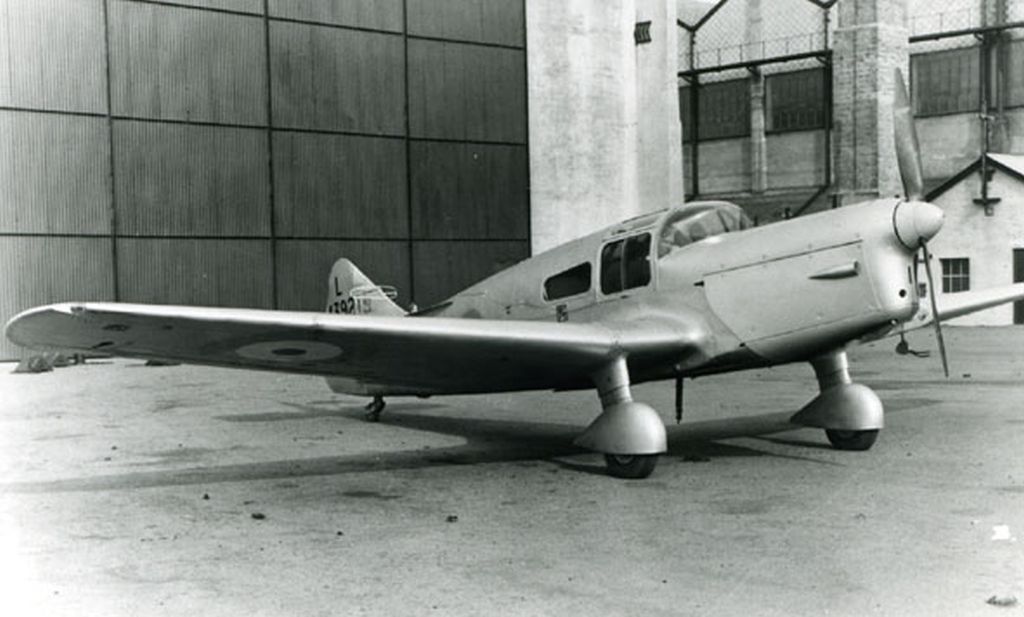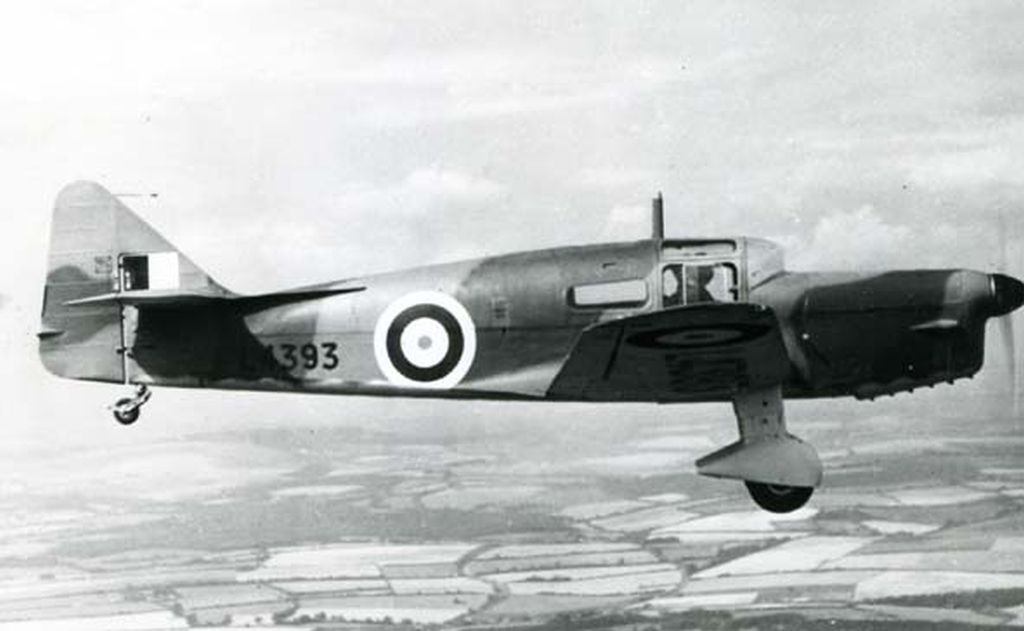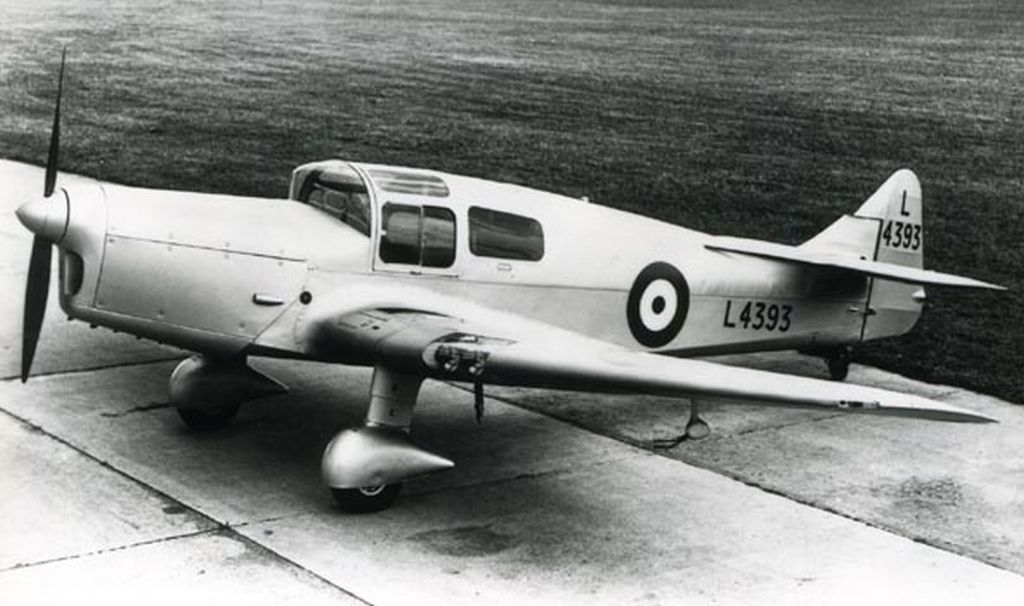Forums
- Forums
- Duggy's Reference Hangar
- RAF Library
- Miles M.16 Mentor
Miles M.16 Mentor
Post a reply
- Go to Previous topic
- Go to Next topic
- Go to Welcome
- Go to Introduce Yourself
- Go to General Discussion
- Go to Screenshots, Images and Videos
- Go to Off topic
- Go to Works in Progress
- Go to Skinning Tips / Tutorials
- Go to Skin Requests
- Go to IJAAF Library
- Go to Luftwaffe Library
- Go to RAF Library
- Go to USAAF / USN Library
- Go to Misc Library
- Go to The Ops Room
- Go to Made in Germany
- Go to Campaigns and Missions
- Go to Works in Progress
- Go to Juri's Air-Raid Shelter
- Go to Campaigns and Missions
- Go to Works in Progress
- Go to Skinpacks
- Go to External Projects Discussion
- Go to Books & Resources
-
11 years ago
 Main AdminDeveloped from the M.3B Falcon Six, the M.7 Nighthawk, of which five civil examples were built, was intended for use as a trainer and three-seat communications aircraft, and was eventually ordered by the RAF as the M.16 Mentor.
Main AdminDeveloped from the M.3B Falcon Six, the M.7 Nighthawk, of which five civil examples were built, was intended for use as a trainer and three-seat communications aircraft, and was eventually ordered by the RAF as the M.16 Mentor.
Both peace and war demand that air pilots shall be able to find their way safely and surely over long distances by night, and that they must be capable of flying straight and level when all land and sky marks are blotted out by fog or heavy weather. In the early days of aviation this type of flying was either carefully avoided and left to the birds, or undertaken only by the toughest of aviators.
However, with the coming of long-distance air lines a new technique was initiated, known as blind - or instrument - flying, and this was later brought nearer perfection by military necessity.
Intensive blind-flying instruction became an increasing feature of R.A.F. training as the outbreak of war began to gather and, in 1936 the Miles organisation produced the aptly-named Nighthawk, basically a development of the famous Falcon Six, but with dual controls and instruments and side-by-side seating. A black canvas hood was arranged to fit over the left-hand seat, which was occupied by the pupil, this limiting his vision to the instrument panel only.
Developed from the M.7 Nighthawk, the Miles M.16 Mentor was designed to meet the requirements of Air Ministry Specification 38/37 for a three-seat cabin monoplane for use in a communications role; it was required to be suitable also for instrument or radio training by day or night. The prototype (L4932) was flown on 5th January 1938, service testing resulting in an order for 45 aircraft including prototypes, This 35 ft 7 in span aircraft was powered by a 200 hp de Havilland Gipsy Six I inline engine, providing a maximum speed of 156 mph at sea level. Used by the RAF for communications and training, only one of them surviving the war.
Design Company:Phillips & Powis Aircraft Ltd
First Flight:5 January 1938
M.16 Mentor:45 - Phillips & Powis, Woodley
Miles M.16 Mentor
Type:Three seat cabin aircraft for communications work and training to specification 38/37 developed from M.7 Nighthawk
Wing:Low wing cantilever monoplane of spruce structure covered in plywood. Centre section has no dihedral and is of constant section, outer sections have dihedral and taper towards the tip. Split flaps fitted as standard
Fuselage:Cantilever tailplane with elevator at top of fuselage with single fin and rudder
Tail Unit:Cantilever tailplane with elevator at top of fuselage with single fin and rudder
Landing Gear:Fixed main wheels in fairings beneath wing. Tail wheel
Power Plant:One 200 hp de Havilland Gipsy Six in nose
Accommodation:Seats for three in enclosed cabin
Dimensions
Span:34 ft 9 in
Length:26 ft 2 in
Height:9 ft 8 in
Wing Area:181 sq ft
Weights
Empty:1,978 lb
All-up:2,710 lb
Performance
Max Speed:156 mph
Rate of Climb:780 ft/min
Service Ceiling:13,800 ft





Post a reply
- Go to Previous topic
- Go to Next topic
- Go to Welcome
- Go to Introduce Yourself
- Go to General Discussion
- Go to Screenshots, Images and Videos
- Go to Off topic
- Go to Works in Progress
- Go to Skinning Tips / Tutorials
- Go to Skin Requests
- Go to IJAAF Library
- Go to Luftwaffe Library
- Go to RAF Library
- Go to USAAF / USN Library
- Go to Misc Library
- Go to The Ops Room
- Go to Made in Germany
- Go to Campaigns and Missions
- Go to Works in Progress
- Go to Juri's Air-Raid Shelter
- Go to Campaigns and Missions
- Go to Works in Progress
- Go to Skinpacks
- Go to External Projects Discussion
- Go to Books & Resources
